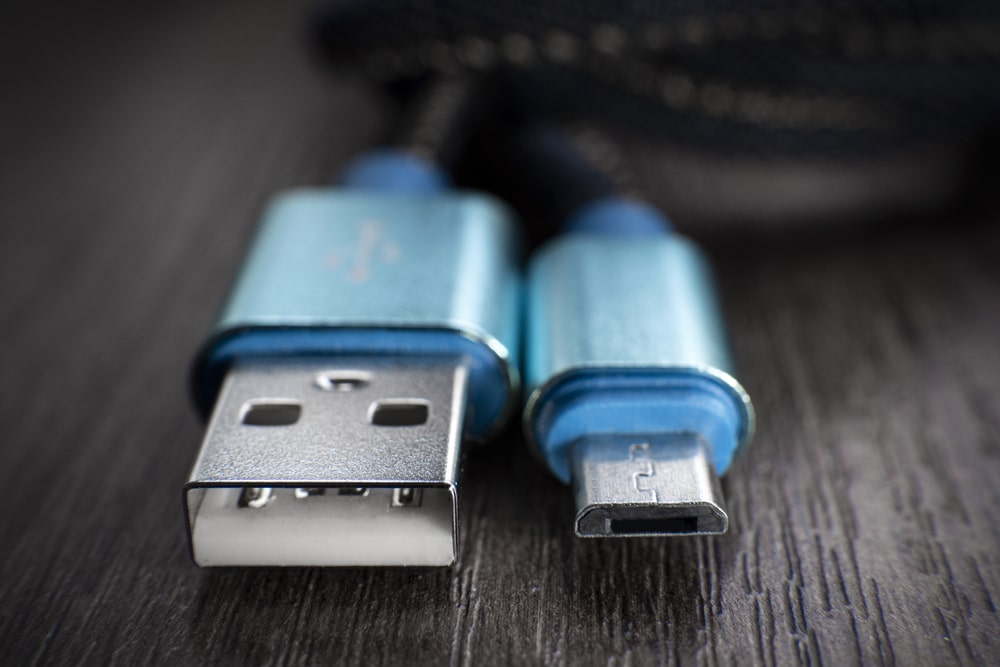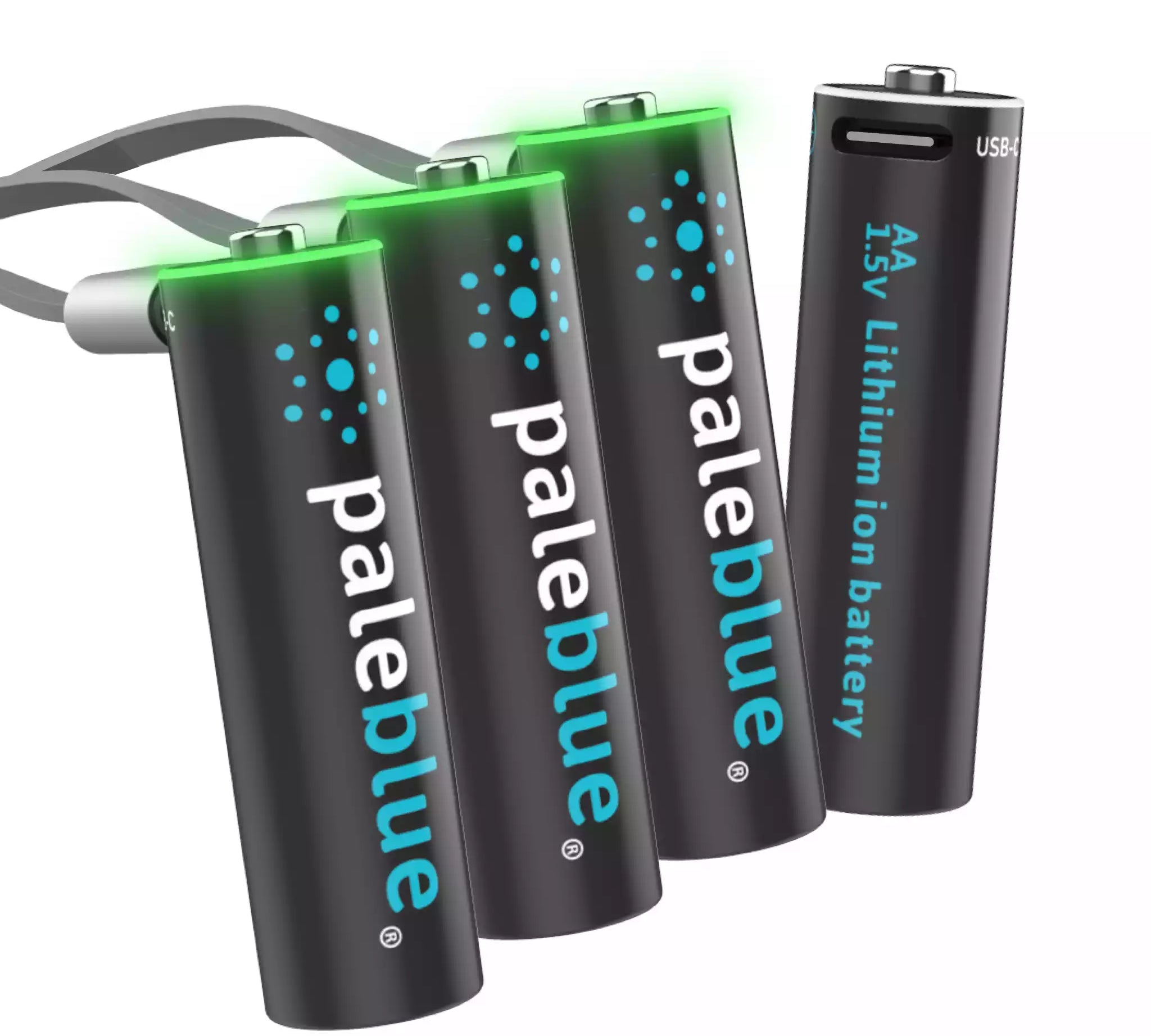The Incredibly Versatile USB Port – We Take It for Granted

How frequently do you interact with USB devices? For most of us, USB technology is part and parcel of daily life. It wasn't always this way. In the era before USB, everything from computers to rechargeable batteries was different. You could say that we take for granted what is a very versatile technology.
You might not be old enough to remember when USB was first introduced. If that's the case, you might not know just what a typical USB port is capable of. It can do a lot more than recharge your AA batteries or your cell phone.
Universal Peripheral Connection
The USB (universal serial bus) standard was first released back in 1996. The impetus for designing it was the confusion created by so many different interfaces required to connect peripherals to computer equipment. Computer monitors used VGA connections. There were serial ports for some peripherals and parallel ports for others. It was a mess that needed a solution. USB was that solution.
As many as seven companies got together in the early 1990s to develop USB. They included Compaq, IBM, Intel, and Microsoft. Their goal was simple: create a single connection interface capable of accommodating any and all computer peripherals. A secondary goal was to better compete with Apple products whose proprietary interfaces worked flawlessly out of the box.
Data Transfer and Power
USB developers focused on two primary things in those early years: data transfer and providing low voltage power. The former was necessary to facilitate peripheral use. The latter was more of a luxury, making it possible to power certain kinds of peripherals that didn't have heavy power needs.
Data transfer was the main focus for more than a decade after USB was first launched. Today, it is still a heavy focus. With the USB port on a typical computer, for example, you can attach and use a wide variety of peripherals, including:
- Webcams
- Printers and scanners
- Wireless keyboards and mice
- Flash drives and external hard drives.
The USB port accommodates them all with fairly good data transfer speeds. And with each new iteration of the USB standard, data transfer rates have increased.
Recharging Electronic Devices
USB's potential as a charging technology wasn't readily apparent back in 1996. Those were the days before smartphones, the days when rudimentary cell phones ran on NiCad and NiMH batteries. Things like portable music players and cameras were powered by disposable alkaline batteries.
The advent of the smartphone more than a decade later forced lithium-ion batteries to the forefront. It then became apparent that USB technology could be used to charge those batteries in a relatively short amount of time. The rest, as they say, is history.
Nearly every smartphone on the market these days is recharged via some sort of USB port. Most come with wall adapters that allow us to plug them in to standard wall outlets. USB rechargeable batteries, like the ones we sell, can also be plugged into the wall with an adapter. But it is not necessary.
Thanks to the versatility of USB, our batteries can be recharged from a laptop or desktop computer. If you are in an airport, just go to any charging station with USB ports and plug your batteries in. They will charge just fine. And of course, solar chargers and charger batteries work on USB as well.
If it were not for USB, our rechargeable batteries would be remarkably different. USB is truly revolutionary technology that has changed the world through an amazingly simple design that is also quite versatile as well.
- Tags: Convenience








